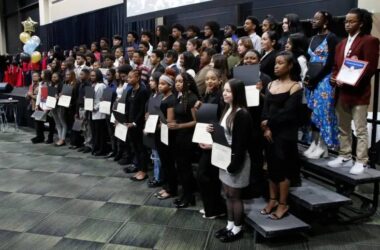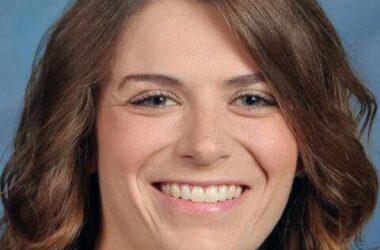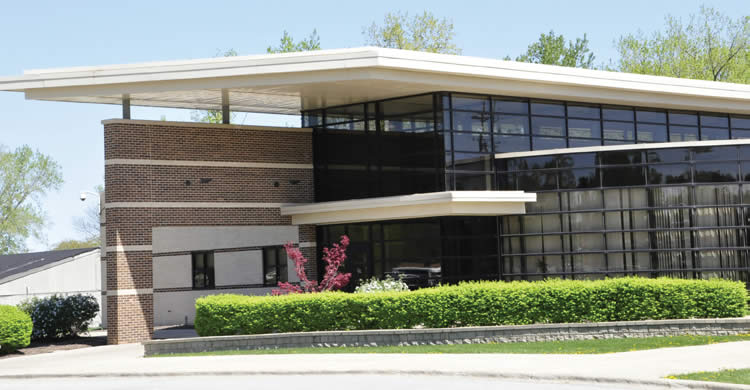Closing Underutilized Schools Will Allow CPS to Redirect Resources to Invest in Student Learning; Safe Passage, Air Conditioning, Libraries and iPads in Every Welcoming School; and New Investments Include New Science, Engineering, Media and Computer Labs
CHICAGO—(ENEWSPF)—March 21, 2013. Chicago Public Schools (CPS) Chief Executive Officer (CEO) Barbara Byrd-Bennett today proposed a series of significant new investments to create a quality, 21st century education for children currently enrolled in 54 underutilized, under-resourced schools and programs recommended for closure. By consolidating these schools, CPS can focus on safely getting each child into a better performing “welcoming school” near their current school this fall with all the tools they need to succeed. In total, CPS has removed 276 schools from consideration for closure as part of a rigorous, three-month community engagement process around the District’s utilization crisis.
Investments into the Welcoming Schools include nearly 70 additional libraries and computer, engineering, media and science labs that are currently not offered by the 54 underutilized schools and programs proposed for closure. Air conditioning, which is only available at 20 of these schools, will be in every classroom at each of the 55 higher-performing welcoming schools proposed to serve as new homes for these students this fall. In total, 61 elementary school facilities will be removed from our footprint as part of this process, which represents approximately 10 percent of all elementary school facilities in CPS.
“Every child in every neighborhood in Chicago deserves access to a high quality education that prepares them to succeed in life, but for too long children in certain parts of Chicago have been cheated out of the resources they need to succeed because they are in underutilized, under-resourced schools,” said CEO Byrd-Bennett. “As a former teacher and a principal, I’ve lived through school closings and I know that this will not be easy, but I also know that in the end this will benefit our children. Like school systems across the country where enrollment has dropped, Chicago must make tough choices and by consolidating these schools we can focus on safely getting every child into a better performing school close to their home.”
CPS is also expanding 19 high-quality school options by creating 13 STEM, five International Baccalaureate (IB) and one Fine Arts school-based programs in communities which currently have few to no high-performing options on the city’s South and West sides. IB programs will provide opportunities for children to strengthen their communication skills and enable children to become global citizens. STEM programs provide a rigorous educational experience in mathematics, science, and technology and provide a foundation for students to achieve the highest standards of academic success with enhanced critical thinking and problem solving skills. To see a complete list of these schools, please visit www.cps.edu/qualityschools.
Operating and capital investments in welcoming schools include $155 million in capital and $78 million in operating funds. Half of the operating investments will be covered by redirecting operating funds from the 54 underutilized schools and programs proposed for closure and from savings generated by those closures; redirected capital funds that would otherwise be spent on these schools will instead be used for capital investments in welcoming schools.
“This decision has been delayed for a decade and it’s our children and our city that have paid the price for inaction. Consolidating schools is the best way to make sure all of our city’s students get the resources they need to succeed in the classroom,” said Mayor Emanuel. “Make no mistake, we have a challenging road ahead, but we will not shy away from a challenge that will better our students’ chances to reach their full potential.”
By redirecting resources from closing underutilized facilities, CPS will be able to provide students from those schools with access to better performing options close to their current school. All welcoming schools will receive investments as needed to provide students access to schools with enhanced learning environments, including:
Air conditioning in every classroom
Library in every school
Safe Passage for every school to provide increased security for students on their way to and from school
iPads for all students in grades 3-8
New and upgraded technology supports including expanded Internet bandwidth
A dedicated Principal Transition Coordinator, who will be a former CPS principal or assistant principal, to support students transitioning from sending schools to welcoming schools next fall
All students with disabilities, students in temporary living situations, and English Language Learners will continue to receive required services to support their learning. In addition, CPS will monitor instructional quality and provide supports for families. Students in temporary living situations will be provided counseling to help them understand their enrollment options.
Based on the needs of individual schools and student bodies, welcoming school principals may receive additional supports and upgrades such as:
Security and safety supports, including alarms and entry screening equipment
Improved ADA accessibility
Upgraded interiors and cosmetic improvements, including fresh paint, masonry work, new windows, new ceilings and floors, and others
Improved food service capacity through enhanced lunch rooms and food services as needed to accommodate and service the new welcoming school student body
Based on the needs of individual schools and student bodies, welcoming school principals will be able to choose from a menu of academic, engagement, and social and emotional options to support students and the entire school community. Examples include:
Academic supports such as tutoring, instructional coaches andintervention software
Student engagement to provide student mentoring and leadership opportunities, joint field trips, and welcoming week activities
Social and emotional supports for counseling and social work resources, and training on assisting students with coping skills and managing stress
As part of this proposal, CEO Byrd-Bennett is recommending the District close 54 underutilized schools and programs, co-locate 11 others and six turnarounds, for a total of 71 actions. At the start of this process, CPS identified 330 underutilized schools for review and public comment. Feedback from over 20,000 community members who attended nearly 30 public meetings, in addition to recommendations from the independent Commission on School Utilization, helped CPS create criteria that has removed a total of 276 schools from consideration for closure. The Commission’s final list of recommendations stated that CPS has the capacity to take action on up to 80 schools as part of this process, which CEO Byrd-Bennett took into consideration as part of her decision-making process. To see the complete list of CEO recommended schools and school removed from consideration for closure, please visit www.cps.edu/qualityschools.
The first round of criteria used by CPS to remove schools from consideration for closure included removing high schools, except in cases where buildings pose a significant life/safety threat or in cases where the school is so small that it is unable to provide a robust learning environment for students. In addition, CPS removed from consideration Level 1 schools. To see the entire list of the first round of criteria, visit www.cps.edu/qualityschools.
The second round of criteria, which was again informed by community feedback and recommendations from the Commission, helped reduce the list of schools under consideration for closure due to utilization from 129 to the recommended list of closures. These criteria include: not closing schools that underwent a turnaround this year or are in buildings that were constructed or added additional permanent capacity in the last 10 years, and avoiding where possible sending students in a closed neighborhood school to a designated welcoming school more than a mile away.
While many teachers will follow students to new welcoming schools, those who may not will receive a series of supports from CPS. During last year’s strike, CPS finalized a contract with the Chicago Teachers Union (CTU) that included a joint agreement establishing a clear process for teachers who may face layoff due to school closings. To learn more about this joint CPS-CTU agreement on the layoff process visit http://www.cps.edu/Pages/CPS-CTUContractQA.aspx
CEO Byrd-Bennett also proposed turnarounds for six academically challenged schools. With this intervention, a chronically underperforming school receives a new staff, leadership, and supports to improve student achievement. The same students return in the fall to the same school, with a new climate focused on success for every student. The Academy for Urban School Leadership (AUSL) will lead the turnaround process for each school. They have a proven track record in CPS of boosting student growth among their turnaround schools. To see the complete list, please visit www.cps.edu/qualityschools.
The Chicago Board of Education is expected to vote on these proposals at the May 22 board meeting. As required by state law, CPS will hold a total of two community meetings and one public hearing on each school proposed for closure, phase-out, or colocation to continue getting feedback from school communities. For a list of upcoming meetings please visit www.csp.edu/qualityschools. In addition, CPS will also hold one public hearing for each proposed turnaround.
About CPS
Chicago Public Schools serves 403,000 students in 681 schools. It is the nation’s third-largest school district.
Source: cps.edu








